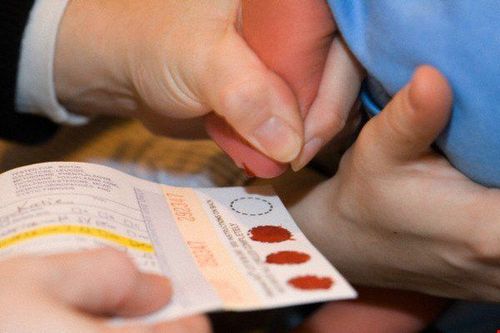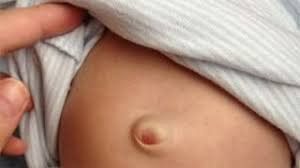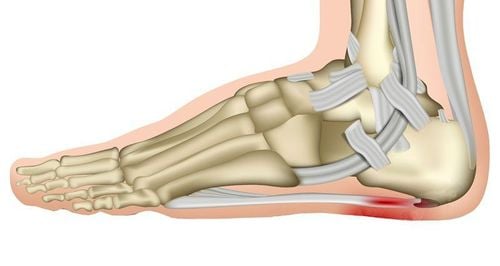Nội dung bạn đang tìm kiếm không có phiên bản tiếng Việt.
Vui lòng chọn tiếp tục để xem nội dung tiếng Anh hoặc đi đến trang chủ Tiếng Việt.
Rất xin lỗi về sự bất tiện này.

Home
Tag Newborn fontanel
Articles in Newborn fontanel

Bulging fontanelles in babies: What you need to know
The newborn fontanelle is divided into two parts: the anterior fontanelle and the posterior fontanelle. Although it occupies only a small area on the body, changes in the fontanelle reflect the child's physical condition. When touching the head of a few-month-old baby, parents will feel a soft spot in the beak area, slightly pulsating, called a bulging fontanelle.
Xem thêm

Baby fontanel bulge: When is it abnormal?
Although the baby's fontanelle only occupies a small area on the body, changes in the fontanelle reflect the baby's physical condition. When a baby is born, there are two fontanelles on the baby's head: the anterior fontanelle and the posterior fontanelle.
Xem thêm

What does an indented fontanelle in an infant warn of?
For the most part, a sunken fontanel in a newborn baby or one that undulates and then returns to its original state is considered normal. The cause of this phenomenon is due to blood flow through this area. However, a sunken fontanel in a baby can also warn of some dangerous symptoms in the baby such as dehydration, malnutrition, etc.
Xem thêm

When to examine the fontanelle in a newborn?
newborn’s skull bones are not fused together at birth. Instead, there are spaces between the bones to accommodate the way the baby moves out of the mother’s pelvis. The suture lines on the skull that indicate the location of these soft spots are called fontanelles. These spaces allow the bones to overlap as the baby moves during labor. Therefore, after the baby is born, a safe fontanelle examination is also part of a comprehensive physical examination. So when should you check your baby’s fontanelle?
Xem thêm














